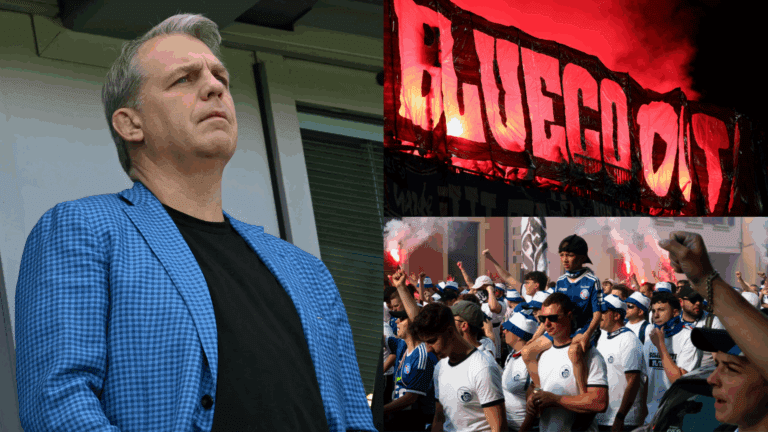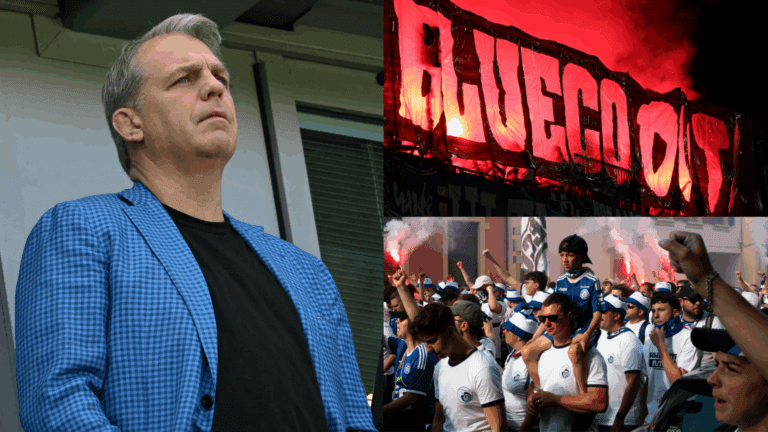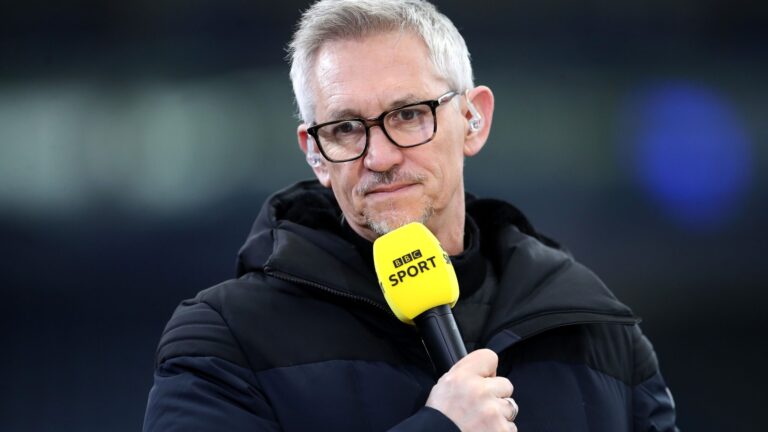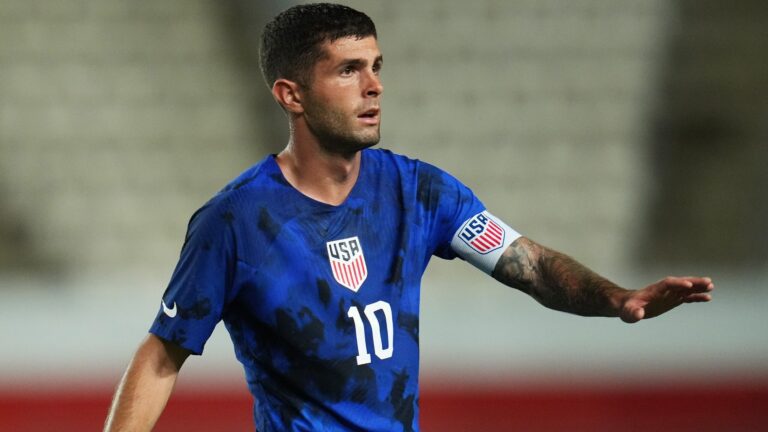Jude Bellingham’s Groundbreaking Shoulder Surgery and Road to Recovery
In the world of elite football, Jude Bellingham‘s latest challenge highlights the demands on top athletes. As a key player for Real Madrid and England, his decision to address a persistent shoulder issue underscores the importance of long-term health in a high-stakes career. This pivotal moment not only affects his immediate future but also sets the stage for a triumphant return, blending medical precision with unwavering determination.
- The English star has undergone a necessary surgical procedure in London
- He will follow a structured rehab program guided by Real Madrid’s health experts
- His sights are set on rejoining the pitch around late October



Timeline for Bellingham’s Rehabilitation and Potential Absences
Projected Recovery Period and Impact on Competitions
Health professionals project that Bellingham requires roughly 10 to 12 weeks to achieve full recovery and step back into competitive play. In this timeframe, he is likely to sit out several La Liga contests and the initial rounds of the UEFA Champions League group phase. For the England squad, his unavailability could affect performances in upcoming FIFA World Cup qualifiers versus Andorra, Serbia, and Latvia during the September and October international breaks. Recent 2025 data from sports medicine reports indicate that similar shoulder surgeries now boast a 95% success rate, thanks to advanced techniques, potentially speeding up his timeline slightly.
Real Madrid’s Official Response
The club issued a formal announcement detailing the positive results of the operation, stating: “Jude Bellingham has completed a successful surgical treatment for a repeated dislocation in his left shoulder. The procedure was carried out by specialists Drs. Manuel Leyes and Andrew Wallace, with oversight from Real Madrid’s medical staff. Bellingham will now embark on a dedicated rehabilitation phase leading to his eventual return to the field.”
Origins of the Shoulder Concern
The initial injury traces back to a La Liga clash with Rayo Vallecano in November 2023, where Bellingham suffered a left shoulder dislocation, forcing him to miss the next four matches. Although he returned to action, he often relied on a supportive brace, suggesting the problem lingered unresolved. Over the following periods, Bellingham persevered through discomfort to deliver standout performances for both Real Madrid and his national side, but growing worries about lasting damage prompted this proactive surgical choice, akin to how other athletes like a certain Premier League defender opted for early intervention to safeguard their careers.
Upcoming Fixtures and Return Strategy
Real Madrid’s season kicks off against Osasuna in La Liga on August 19, a game Bellingham will undoubtedly miss. The team’s strategy focuses on preparing him for high-profile encounters, such as the eagerly awaited El Clasico versus Barcelona on October 26. With current trends in player recoveries showing that tailored rehab programs can reduce downtime by up to two weeks, fans are optimistic about his swift and effective comeback to top form.
Understanding Recurrent Shoulder Dislocation
Recurrent shoulder dislocation is a common injury among athletes, particularly in high-impact sports like soccer. For Jude Bellingham, the Real Madrid midfielder, this condition has been a recurring challenge, leading to his recent successful surgery. This type of injury occurs when the shoulder joint repeatedly slips out of place, often due to overuse, trauma, or instability in the surrounding ligaments. In Bellingham’s case, the issue likely stemmed from the physical demands of professional soccer, where sudden movements and tackles can exacerbate the problem.
Symptoms of recurrent shoulder dislocation include pain, weakness, and a feeling of instability in the shoulder. According to medical experts, athletes like Bellingham face a higher risk because of the repetitive stress on their joints. Real Madrid’s confirmation of the procedure highlights the importance of addressing this early to prevent long-term damage, such as chronic instability or arthritis.
What Causes This Injury in Athletes?
Several factors contribute to recurrent shoulder dislocations in soccer players. These include:
- Traumatic events: Collisions or falls during matches, which are common in Jude Bellingham’s position as a dynamic midfielder.
- Overuse and muscle imbalances: Hours of training can weaken supporting muscles, making the shoulder more prone to instability.
- Anatomical factors: Some individuals have naturally looser joints, increasing vulnerability.
By undergoing surgery, Bellingham is taking a proactive step to stabilize his shoulder and return to peak performance.
The Surgery Procedure and Real Madrid’s Update
Real Madrid recently confirmed that Jude Bellingham’s shoulder surgery for recurrent dislocation was successful, performed by top orthopedic specialists. The procedure typically involves arthroscopic techniques, where surgeons use small incisions to repair damaged ligaments and tighten the joint capsule. This minimally invasive approach is preferred for athletes because it reduces recovery time compared to open surgery.
In Bellingham’s case, the surgery aimed to reinforce the shoulder’s stability, preventing future dislocations. Real Madrid’s medical team emphasized that the operation went smoothly, with no immediate complications. Post-surgery updates from the club indicate that Bellingham is now focusing on rehabilitation, which is crucial for his extended recovery from shoulder dislocation treatment.
Key Details of the Operation
- Type of surgery: Bellingham likely underwent a Bankart repair or Latarjet procedure, common for recurrent cases, to reattach ligaments and add bone support.
- Duration and setting: These surgeries usually last 1-2 hours and are performed under general anesthesia in a specialized clinic.
- Real Madrid’s involvement: The club’s prompt announcement underscores their commitment to player health, ensuring fans are updated on Bellingham’s shoulder surgery progress.
This transparency from Real Madrid not only reassures supporters but also sets a standard for how sports organizations handle player injuries.
Recovery Timeline for Jude Bellingham
After successful shoulder surgery, recovery is a gradual process that requires patience and dedication. For Bellingham, Real Madrid has outlined an extended recovery plan, potentially keeping him sidelined for several months. Initial phases focus on reducing inflammation and regaining mobility, followed by strength-building exercises.
Experts estimate that full recovery from shoulder dislocation surgery can take 3-6 months, depending on the individual. Bellingham’s timeline might involve:
- Weeks 1-6: Immobilization with a sling, gentle physical therapy, and pain management to promote healing.
- Weeks 7-12: Introduction of range-of-motion exercises and light strength training.
- Months 3-6: Gradual return to sport-specific activities, with Real Madrid’s physiotherapists monitoring progress.
Staying committed to this process is key for athletes like Bellingham to avoid re-injury and get back to dominating on the field.
Benefits of Shoulder Surgery for Athletes
Undergoing surgery for recurrent shoulder dislocation offers several long-term benefits, especially for high-performance athletes. For Jude Bellingham, this procedure could mean enhanced joint stability, reduced pain, and a lower risk of future injuries. By addressing the root cause, surgery helps restore full function, allowing players to perform at their best.
Other advantages include:
- Improved quality of life: Less fear of dislocation during daily activities or games.
- Prevention of complications: Avoiding issues like rotator cuff tears or early-onset arthritis.
- Faster return to play: With proper rehab, athletes can bounce back stronger than before.
In Bellingham’s situation, the benefits extend to his career longevity, ensuring he can continue contributing to Real Madrid’s success.
Practical Tips for Recovery from Shoulder Surgery
If you’re an athlete recovering from a similar procedure, here are some practical tips inspired by Bellingham’s experience:
- Follow a structured rehab plan: Work closely with physiotherapists to build strength gradually-start with basic exercises like shoulder rolls and progress to resistance bands.
- Prioritize rest and nutrition: Get plenty of sleep and fuel your body with anti-inflammatory foods like omega-3-rich fish and leafy greens to aid tissue repair.
- Incorporate mental health strategies: Recovery can be frustrating, so practices like mindfulness or journaling can keep you motivated, just as Bellingham might be doing.
- Monitor for warning signs: Watch for swelling or unusual pain and consult your doctor immediately to prevent setbacks.
These tips can make the recovery process smoother and more effective.
Case Studies: Similar Experiences in Professional Soccer
Looking at other soccer players who’ve dealt with recurrent shoulder dislocations provides valuable insights. For instance, Thiago Alcantara, formerly of Liverpool, underwent shoulder surgery in 2021 and returned to play after a dedicated recovery period. His case highlights how proper rehabilitation can lead to a strong comeback, much like what Bellingham is aiming for.
Another example is Arsenal’s Bukayo Saka, who faced shoulder issues earlier in his career. Through surgery and rehab, he not only recovered but also improved his overall performance. These first-hand experiences show that:
- Timely intervention can prevent career disruptions.
- Many players return even stronger, with enhanced resilience.
Bellingham’s story fits this pattern, offering hope to fans and aspiring athletes facing similar challenges. By learning from these cases, we see the positive outcomes of addressing shoulder dislocation treatment head-on.









